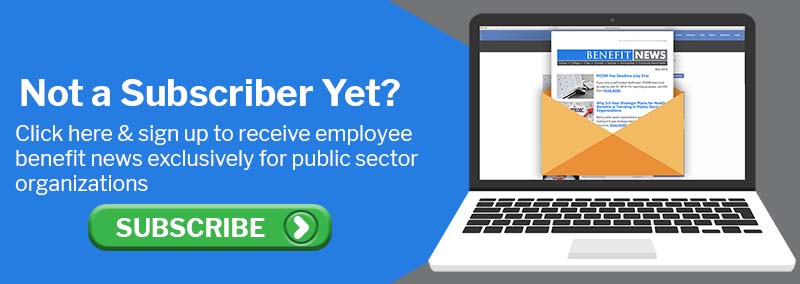3.5 minute read
Health costs have increased steadily year after year. PricewaterhouseCoopers (PwC) reports that medical costs are projected to increase 6.5% in 2022. So, it’s no surprise that employers must think strategically and creatively about how they can lower their health benefits expense in 2022. Here are some ways to help reduce spending without compromising benefits quality.
Encourage Active Benefits Participation
Employers can help limit overall health costs by making employees active participants in their own health care. This means encouraging employees to price shop, research treatments, and improve their health literacy.
Control Drug Spending
Drug prices are rising faster than any other medical service. According to GoodRx, prices are now 33% higher than they were in 2014.
Employers can educate employees on the price differences between name brand and generic medication. This can help employees understand that they can save money while still receiving the same quality treatment. Employers may also consider introducing varying levels of prescription drug coverage. An employer may fully cover prescriptions for chronic conditions but may cover less costs for specialty drugs.
Virtual Health Options
Many virtual health options gained popularity during the pandemic. Individuals can connect virtually with health professionals in just a few clicks – no waiting times or driving to a clinic. Additionally, individuals didn’t need to take time off work, allowing for greater productivity. And some telehealth solutions are less expensive than a typical in-person doctor visit. Employers may want to consider adding telehealth services into their plan design because they expand access to care and lower expenses for everyone.
Offer Savings Accounts with Carryovers
Many employers are offering health plans with savings components. These tax-advantaged savings accounts encourage employees to take control of their own spending and improve their health literacy. This includes Health Savings Accounts (HSA), Health Reimbursement Accounts (HRA), and Flexible Spending Accounts (FSA). Some accounts allow for carryover funds, which encourages employees to put more money in. More money added to these accounts means greater tax savings for all.
Consider Plan Funding Alternatives
One more drastic option for reducing health costs is restructuring how plans are funded. A self-funded plan may be more cost-effective than paying a monthly premium on a fully insured plan. There are other options including level-funding or reference-based pricing models.
Funding decisions should not be taken lightly and should be based upon several factors including risk tolerance, organization size, and financial stability.
In light of the pandemic, this trend is not expected to be widespread in 2022, due to the tight labor market and how many people are struggling financially. Employers will be hesitant to shift too much of the burden onto employees.
Conclusion
Employers have a variety of options when it comes to helping contain health care expenses. They must choose the right method for them based upon their unique employee populations and budgets.
Download the bulletin for more details.
This blog is intended to be a compilation of information and resources pulled from federal, state, and local agencies. This is not intended to be legal advice. For up to the minute information and guidance on COVID-19, please follow the guidelines of the Centers for Disease Control and Prevention (CDC) and your local health organizations.

